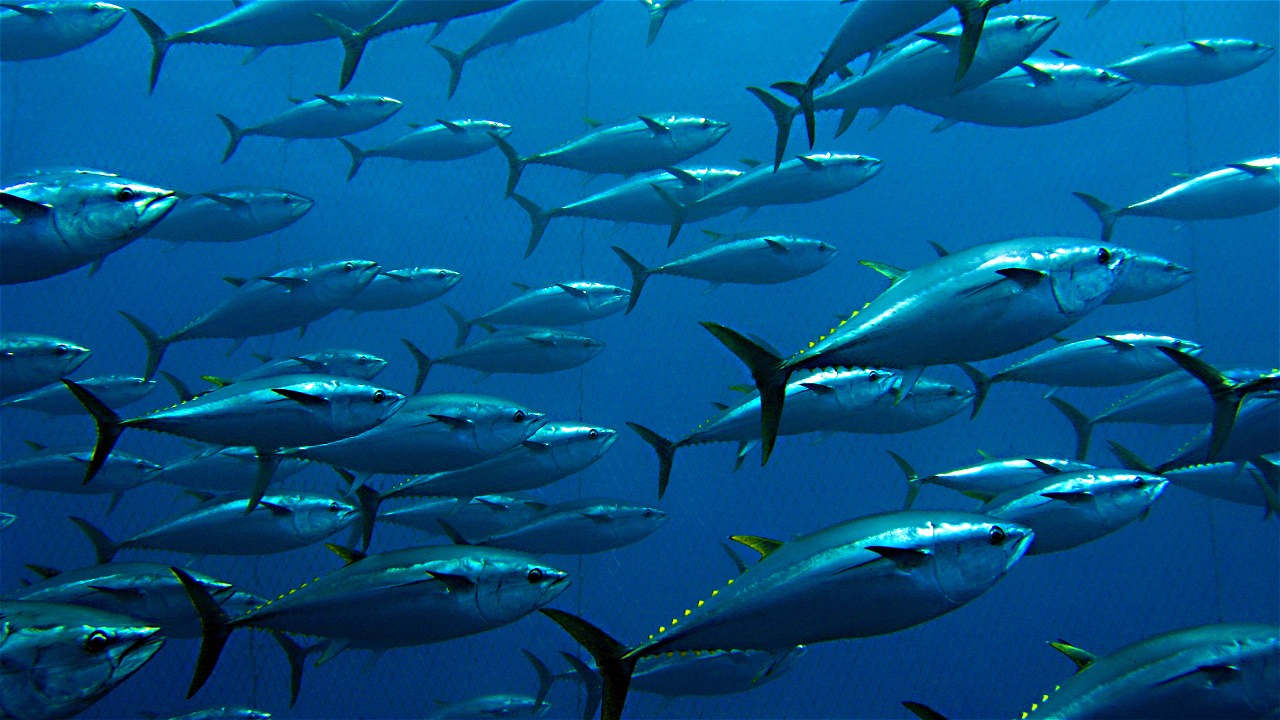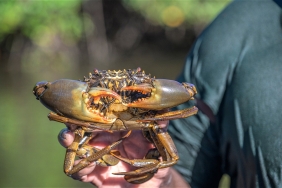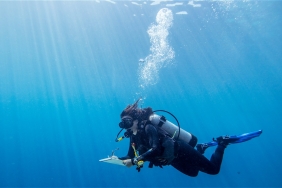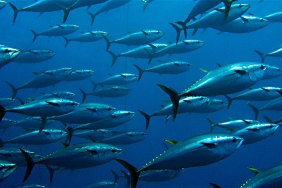BUILDING CO-MANAGEMENT OF SMALL-SCALE FISHERIES IMPROVEMENT PROGRAMS IN SOUTHEAST MALUKU
Authors: Faridz Rizal Fachri (Fisheries Business Officer), Irvan Ahmad Fikri (Fisheries Science Officer), and Rizal (Community Right Based Management Officer) Inner Banda Arc Subseascape (IBAS) Program, WWF-Indonesia
Fisheries and marine resources are one of the leading sectors of regional income in Southeast Maluku Regency. The implementation of sustainable fisheries management is urgent given the condition of the resources that continue to be stressed due to uncontrolled exploration. A collaborative commitment has been established between the community as users and owners of the resources; village officials; WWF-Indonesia, and local government to support good fisheries management in the Marine Protected Areas and Small Islands (KKP3K) of Southeast Maluku Regency as stipulated in KP Decree No. 06 of 2016 through the capture fisheries improvement program (Fisheries Improvement Program/FIP) and aquaculture (Aquaculture Improvement Program/AIP). This commitment begins with a joint agreement through the inauguration of community groups in the utilization of kotoni seaweed and mangrove crab commodities held on Nai Island, one of the islands of the Kei Kecil Islands cluster in Southeast Maluku Regency, on April 28, 2016.
FIP and AIP as Spearhead of Fisheries Improvement Program
FIPs and AIPs are one of the fisheries improvement program schemes implemented together with the community towards a more sustainable and sustainable use. The implementation of FIP and AIP in the scope of work of WWF-Indonesia's Inner Banda Arc Subseascape (IBAS) Program focuses on small-scale fisheries activities in accordance with the use of fisheries in Southeast Maluku Regency which is dominated by artisanal and subsistence fishermen (fishermen who catch fish only to meet their own needs/consumption, not for sale). The FIP and AIP programs are implemented according to indicators that require improvement after an initial assessment that refers to the standards of the Marine Stewardship Council (MSC) - see https://www.msc.org/ -, Aquaculture Stewardship Council (ASC) - see http://www.asc-aqua.org/ -, and Better Management Practices (BMP) from WWF-Indonesia.
In addition, it was challenging to transfer the substance of the FIP and AIP in a way that was easily understood and implemented by the partner groups. The aspect of benefits obtained by the group as one of the indicators of the measurement of the success of the program is of particular concern. One way is to facilitate business development as much as possible while maintaining the condition of resources so that it continues to be sustainable.
The Importance of Co-Management in the Implementation of FIP and AIP Practices
The success of the FIP program and AIP can't necessarily be achieved without the support of several parties as a form of co-management. WWF-Indonesia assisted group for mangrove crab commodity in Ohoi(local language for village) Evu and seaweed on Hoat-Nai Island, OhoiDebut is a key partner because it has a large role in access to utilization as a resource owner. Collaboration between the group, the village, academics, WWF-Indonesia, the Southeast Maluku Agriculture, Fisheries and Forestry Extension Agency (BP4K), and the Southeast Maluku Marine and Fisheries Agency is needed for the FIP and AIP to run smoothly. One example is the contribution of academics related to the study of the status of existing resources. Likewise, the presence of Learning CenterEAFM (Ecosystem Approach to Fisheries Management) which certainly has the potential to educate FIP and AIP implementers.
The coordination that has been built results in a good follow-up response between parties, so as to close the gap of overlapping programs between institutions. The preparation of mentoring schemes and programs for assisted groups is also scheduled to be developed jointly referring to the one-year work plan of FIP and AIP. This model is expected to be a pilot towards the fulfillment of the standardization of the ecolabel, especially for small-scale fishing communities in developing countries that only account for about 8% of the total products in the world that are MSC certified (Blackmore et al., 2015). As a country with renowned marine resources, unfortunately Indonesia has not yet made it into the list of countries with MSC-certified fishery commodities.
Come on, support the fisheries improvement program in Indonesia!





